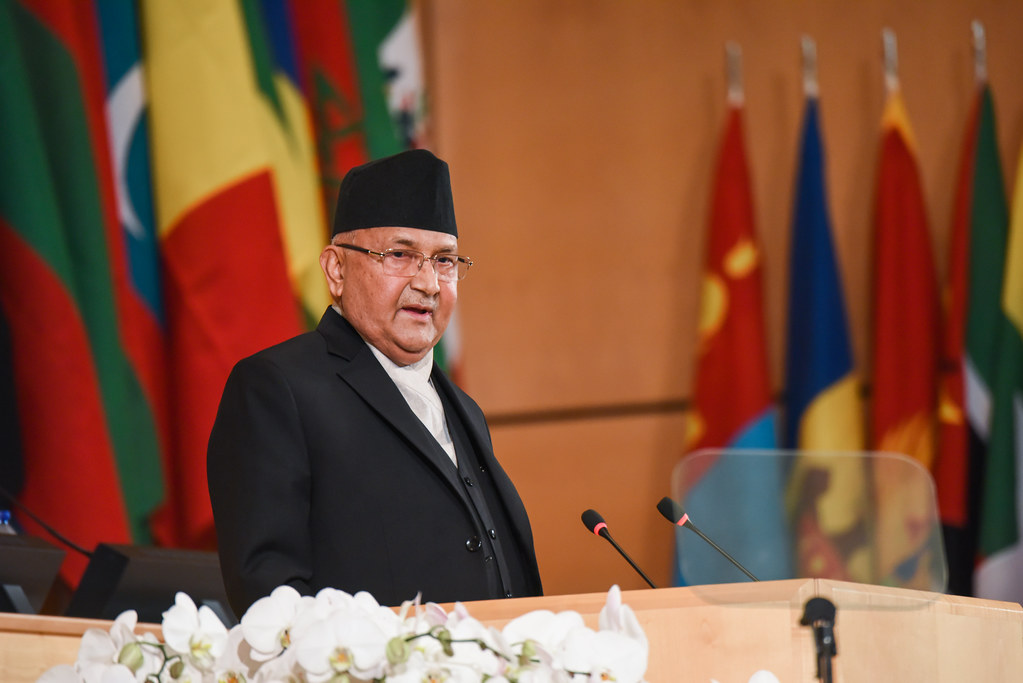
Nepal’s Prime Minister K.P. Sharma Oli resigned on Tuesday after days of unrest triggered by a social media ban escalated into deadly violence and defiance of a nationwide curfew.
Deadly Protests Over Social Media Ban
The unrest began after Oli’s government blocked access to major social media platforms, citing misuse of online spaces. The move backfired, sparking demonstrations across Kathmandu and other cities. On Monday, police fired tear gas and rubber bullets as protesters attempted to storm parliament, leaving 19 people dead and more than 100 injured.
By Tuesday, demonstrators openly defied the indefinite curfew, clashing with security forces and setting fires in the streets. Protesters also targeted the homes of politicians, with local media reporting some ministers had to be airlifted to safety.
In a resignation letter to President Ramchandra Paudel, Oli said he was stepping down “to facilitate the solution to the problem and to help resolve it politically in accordance with the constitution.” His departure was swiftly accepted, with the president beginning consultations for a new leader.
The 73-year-old was serving his fourth term as prime minister after being sworn in last July. His resignation followed the departure of two cabinet ministers who said they could not remain in government on moral grounds.
Political and Social Fallout
The turmoil is the worst seen in Nepal since 2008, when mass protests ended the monarchy. Anger over corruption and economic stagnation drove much of the unrest, with young people organizing demonstrations through social media before the platforms were blocked.
“Kathmandu is burning because people are fed up,” said one protester, Robin Sreshtha, calling for a corruption-free Nepal with better access to healthcare and education.
International reactions highlighted deep concern. Neighboring India urged restraint and dialogue, while a joint statement from embassies of nine countries, including the U.S., France, and Japan, called on Nepal to protect fundamental rights and avoid further escalation.
Kathmandu’s international airport was forced to close after nearby fires created safety risks for aircraft. The closure, combined with the unrest, has raised fears of further economic strain in a country already struggling with instability and limited opportunities for young people.
What The Author Thinks
Nepal’s protests reflect a deeper generational frustration with political elites who many feel have failed to deliver change since the fall of the monarchy. The attempt to silence dissent by banning social media only exposed the disconnect between leaders and citizens. For many young Nepalis, the protests are less about apps and more about the lack of jobs, transparency, and hope. Oli’s resignation may ease tensions temporarily, but without real reforms, the anger that fueled this movement will not simply disappear.
Featured image credit: International Labour Organization ILO via Flickr
For more stories like it, click the +Follow button at the top of this page to follow us.
